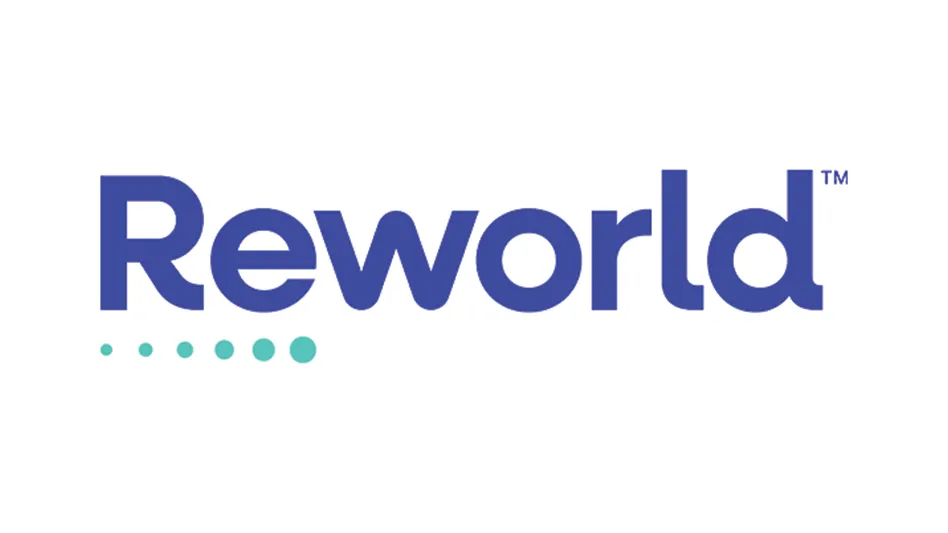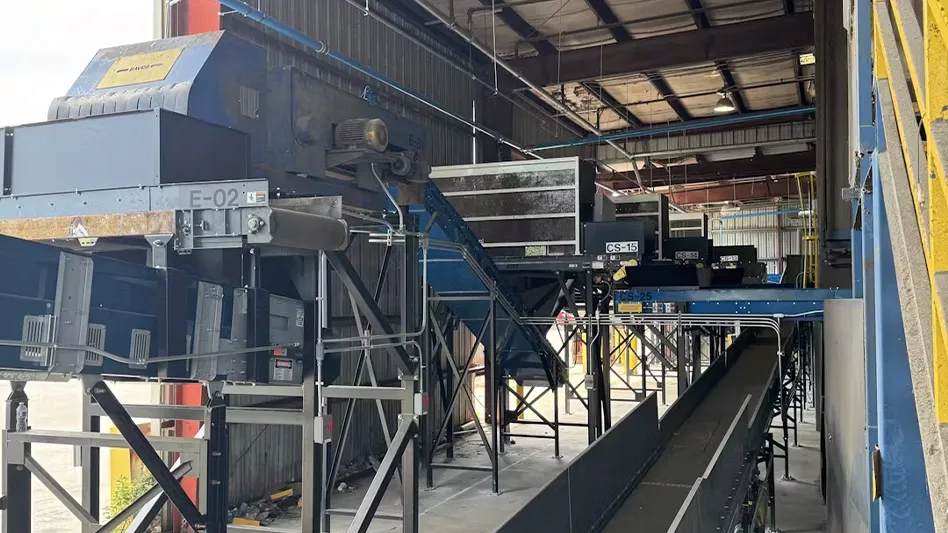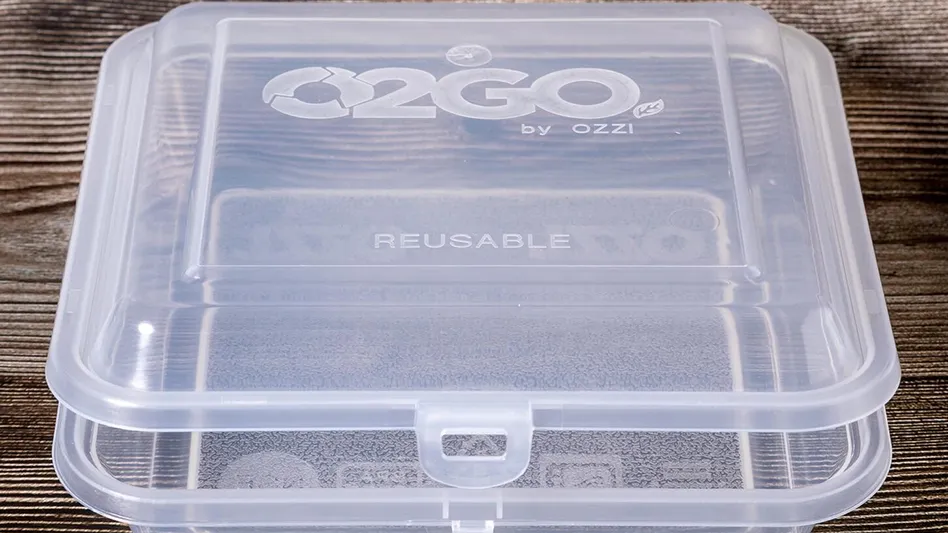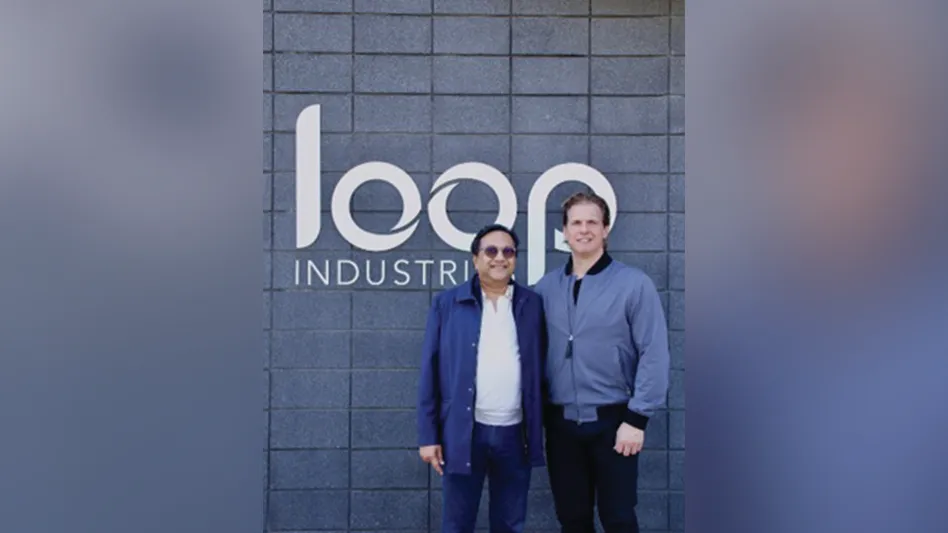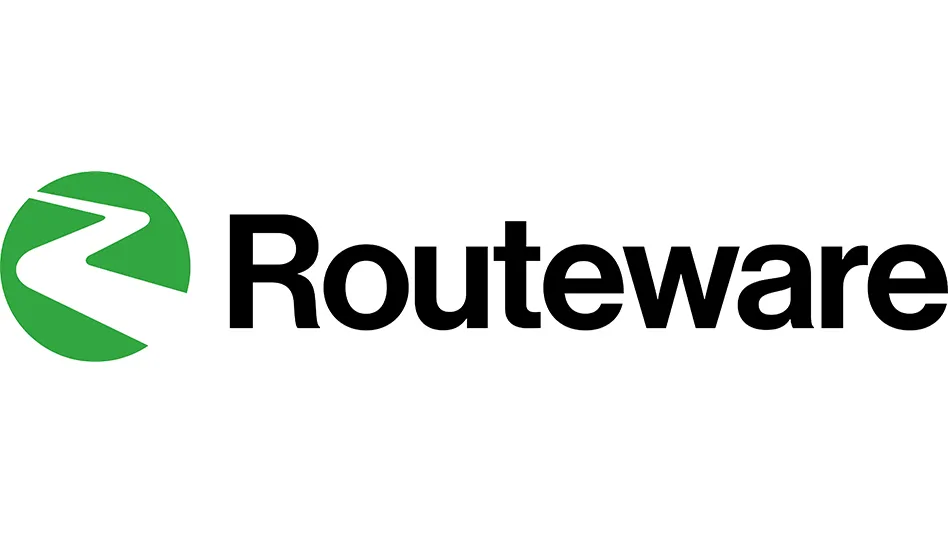Jason Schenker of Prestige Economics, Austin, Texas, speaking during the Spotlight on Copper at the Institute of Scrap Recycling Industries 2022 Convention & Exposition, March 21-24, said that while copper’s value has increased, “there are also challenges that have come with that.”
Upside risks include strong global manufacturing and growth coming out of the pandemic. “People actually do want to buy real physical things,” he said. “We do not yet live in the metaverse; we are here, and we want stuff. And that means demand for physical goods, demand for copper, is high.”
U.S. manufacturing remains strong, Schenker said, with many companies’ order books full through 2023.
Despite the U.S. Federal Reserve Board’s move to raise interest rates in March, he said the federal funds rate remained between 0.25 percent and 0.5 percent. “That’s some pretty cheap money. Pretty cheap money is very conducive to manufacturing.”
“We do not yet live in the metaverse; we are here, and we want stuff. And that means demand for physical goods, demand for copper, is high.” – Jason Schenker of Prestige Economics
However, downside risks to copper demand include the cost of money as inflation increases. Schenker said the members of the Federal Reserve Board expect that they will raise interest rates 10 times by the end of 2023, putting them between 2.75 percent and 3 percent by the end of next year. “It’s going to have a big impact on bond rates, credit spreads, commodity trade finance and the cost of carry you might have for anything you’re keeping in the yard or in trade deals you’ve got going that you’re financing.”
Potential slowing of global growth, global credit risks and the war in Ukraine also present downside risks.
Schenker referred to the broader conflict related to the war in Ukraine as “Cold War II,” which pits the U.S. and European Union against China and Russia. “This is a very tense situation economically, and we have not yet seen what the full economic blowback could be.”
He also mentioned how materials critical to achieving emissions reductions through electrification are tied to China and Russia. “But if China started sending military aid [to Russia], and we have a choice between World War III and full Cold War II with sanctions on China for trade, we will choose Cold War II and trade sanctions every time. Third-party sanctions are a real risk.”

Trent Poland of Kymera International, Raleigh, North Carolina, also spoke during the Spotlight on Copper. He offered a view into the scrap-related business disruptions affecting his firm’s daily operations.
Poland advised recyclers to let their mill customers or brokers know if loads are ready to ship, even if their appointments are a week out. “That way, if the plant starts yelling for material, we know who to call first.”
Kymera is seeing a “record amount” of yards that are late for their deliveries, he said, adding that many sellers appear to be overestimating the flow of scrap across their scales.
Scrap quality has been declining, Poland said, while the number of short loads has increased. “This is putting the consumer at market risk—the very thing that we want to avoid given the recent large moves in COMEX.”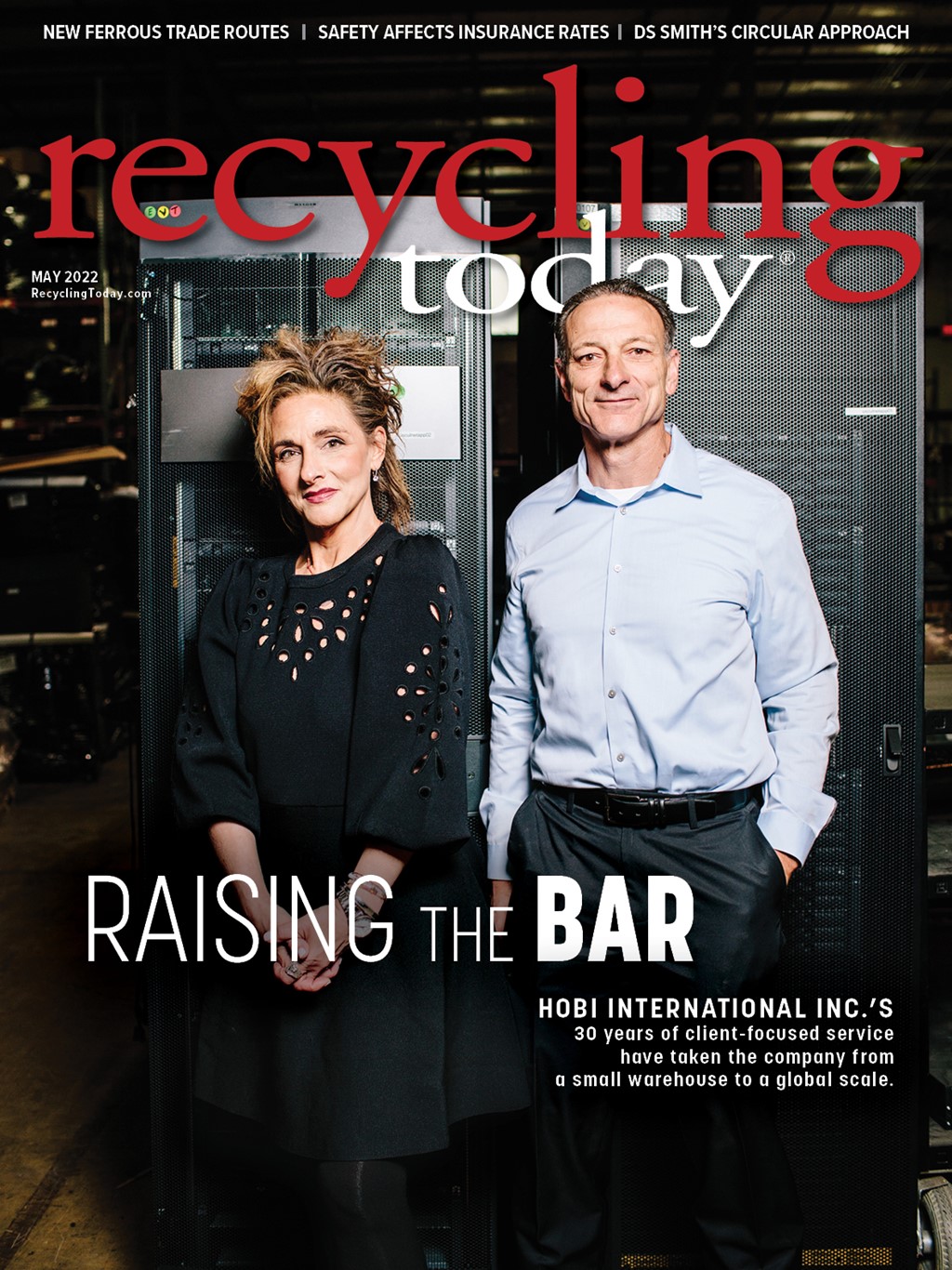
Explore the May 2022 Issue
Check out more from this issue and find you next story to read.
Latest from Recycling Today
- Meeting the decarbonization challenge
- Cyclic Materials expands leadership team
- Paper cup acceptance at US mills reaches new milestone
- EPA announces $3B to replace lead service lines
- AMCS showcasing Performance Sustainability Suite at WasteExpo
- New Way and Hyzon unveil first hydrogen fuel cell refuse truck
- Origin Materials introduces tethered PET beverage cap
- Rubicon selling fleet technology business, issuing preferred equity to Rodina Capital

